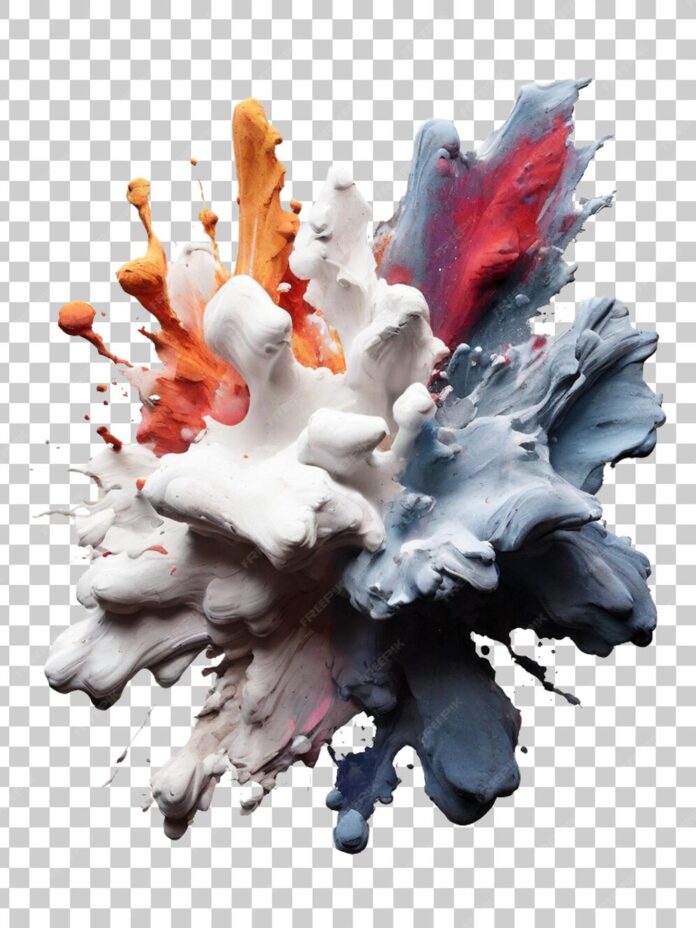Let us take a query like [Taj Mahal]. For a long time, search has essentially been about matching keywords to queries. To a search engine the words [Taj Mahal] have been just that—two words.
We might think of one of the world’s most beautiful monuments or the nearest Indian restaurant. This is why Google has been working on an intelligent model—in “geek-speak“, a “graph”—that understands real-world entities and their relationships to one another: things, not strings.
The Knowledge Graph enables us to search for things, people or places that Google knows about—landmarks, celebrities, cities, sports teams, buildings, geographical features, movies, celestial objects, works of art and more—and instantly get information that’s relevant to our query. This is a critical first step towards building the next generation of search, which uses the collective intelligence of the web and understands the world a bit more like people do. It’s augmented at a larger scale—because the focus is upon comprehensive breadth and depth. It currently contains more than 500 million objects, as well as more than 3.5 billion facts about and relationships between these different objects.
The Knowledge Graph enhances Google Search in three main ways to start:
- Find the right thing: Language may lead to different interpretations—do you mean Taj Mahal the monument, or Taj Mahal the musician? Now Google understands the difference, and can narrow our search results just to the one we mean—just click on one of the links to see that particular slice of results.
This is one way the Knowledge Graph makes Google Search more intelligent—our results are more relevant because Google understand these entities, and the nuances in their meaning, the way we do. - Get the best summary: With the Knowledge Graph, Google can better understand our query, so it can summarize relevant content around that topic including key facts we’re expecting for that particular thing. For example, if we’re looking for C.V. Raman, we’ll see when he was born and died, but we’ll also get details on his education and scientific discoveries:
How do they know which facts are most likely to be needed for each item? For that, Google go back to its users and study what they’ve been asking Google about each item.
The Knowledge Graph also helps us understand the relationships between things. C.V.Raman is a person in the Knowledge Graph, and he had two children, one of whom also won a Nobel Prize, as well as a nephew, Subrahmanyan Chandrasekhar, who claimed a third Nobel Prize for the family. All of these are linked in the graph and It’s not just a catalog of objects; it also models all these inter-relationships. - Go deeper and broader: Finally, the part that’s the most fun of all—the Knowledge Graph can help us make some unexpected discoveries. We might learn a new fact that prompts a whole new line of inquiry. Do you know where Matt Groening, the creator of the Simpsons (one of my all-time favorite shows), got the idea for Homer, Marge and Lisa’s names? It’s a bit of a surprise :p
Related Articles:
- How Google works
- How Google Ranking Works?
- How Facebook Display Ads for something you searched
- Search Engine Optimization (SEO) | Basics
Reference:
Explore lists and collections with Google search – A video by Google


